Global GDP may grow by just 2.8% this year - the lowest since the pandemic while the two largest economies , the US and China, also have their growth forecasts downgraded.
On April 22, the International Monetary Fund (IMF) released an update to its Economic Outlook Report. In it, the organization lowered its forecast for global economic growth this year from 3.3% to 2.8% - the lowest since the beginning of the pandemic. The reason is policy uncertainty and escalating trade tensions globally. Last year, world GDP grew by 3.3%.
The world's two largest economies have both seen their growth forecasts cut this year. The US GDP is now forecast to grow by just 1.8%, down from 2.8% last year. Inflation has also been revised up significantly due to rising import costs.
As for China, the IMF cut its growth forecast for the country to 4% for both this year and next, up from 4.6% in its January report. Chinese officials have set a growth target of around 5% this year.

Since taking office, US President Donald Trump has imposed a 145% import tariff on all Chinese goods. Some products are even subject to a 245% tariff. In response, China has imposed a 125% tariff on US goods, causing trade relations between the world's two largest economies to virtually freeze. US Treasury Secretary Scott Bessent said the situation "cannot be sustained".
Growth in the eurozone is also forecast to be lower than last year. Germany's GDP is likely to be flat, while France and Italy's are estimated to grow below 1%. Japan, the world's fourth-largest economy, is likely to grow just 0.6% this year, down from the IMF's January estimate of 1.1%.
The IMF is concerned that the tariffs announced by the US and many other countries “are a major shock to growth”. In addition, policy uncertainty also affects economic activity and prospects, making it difficult for them to make consistent and timely forecasts.
Earlier this month, the US President announced import tariffs on all trading partners. The base rate is 10%, which will apply to most economies. The higher reciprocal tariffs, which will apply to dozens of economies, are now on hold for 90 days to give countries a chance to negotiate lower rates.
There are some positive signs. White House press secretary Karoline Leavitt said on April 22 that the pace of negotiations was moving quickly. Eighteen countries have made proposals, and President Donald Trump’s trade team is scheduled to meet with 34 countries this week to discuss tariffs. Trump also expressed optimism that a trade deal with China could “substantially reduce” its import tariffs.
Source



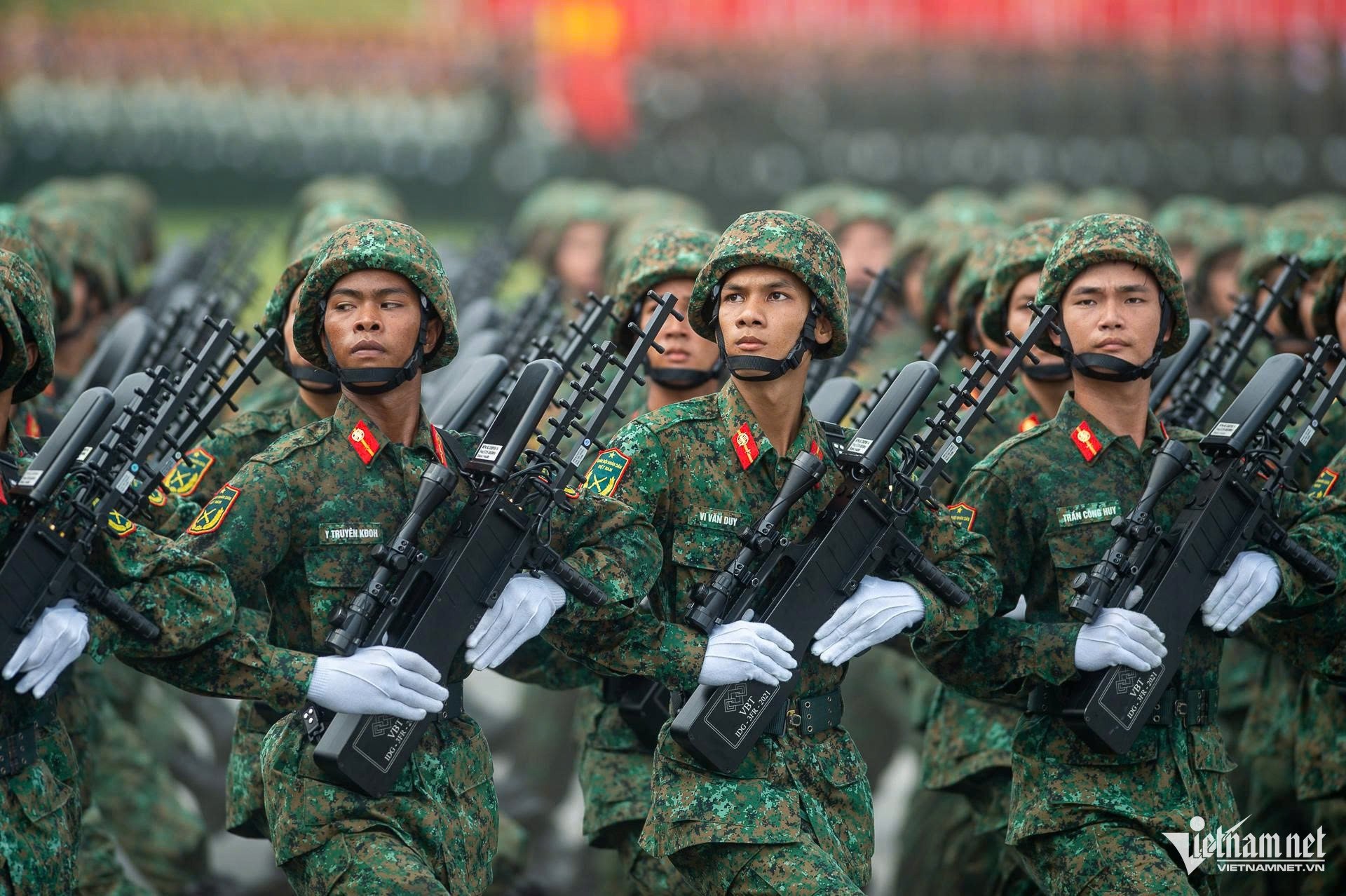





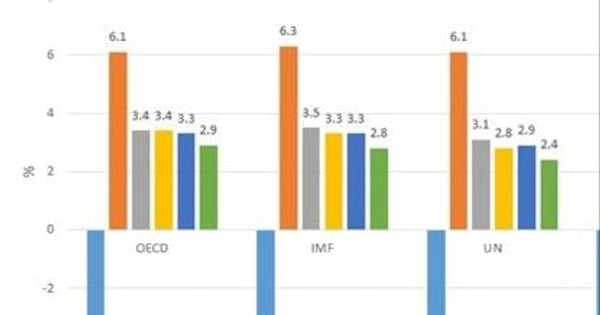

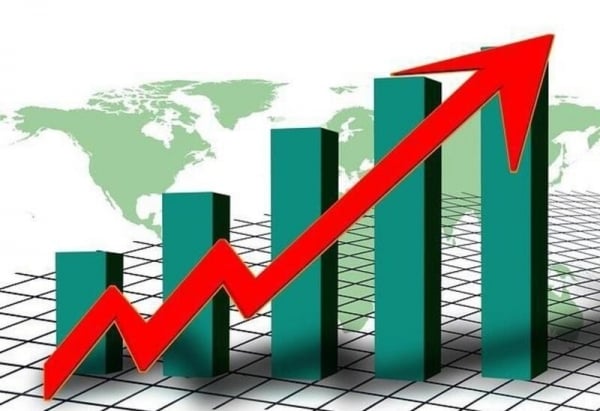







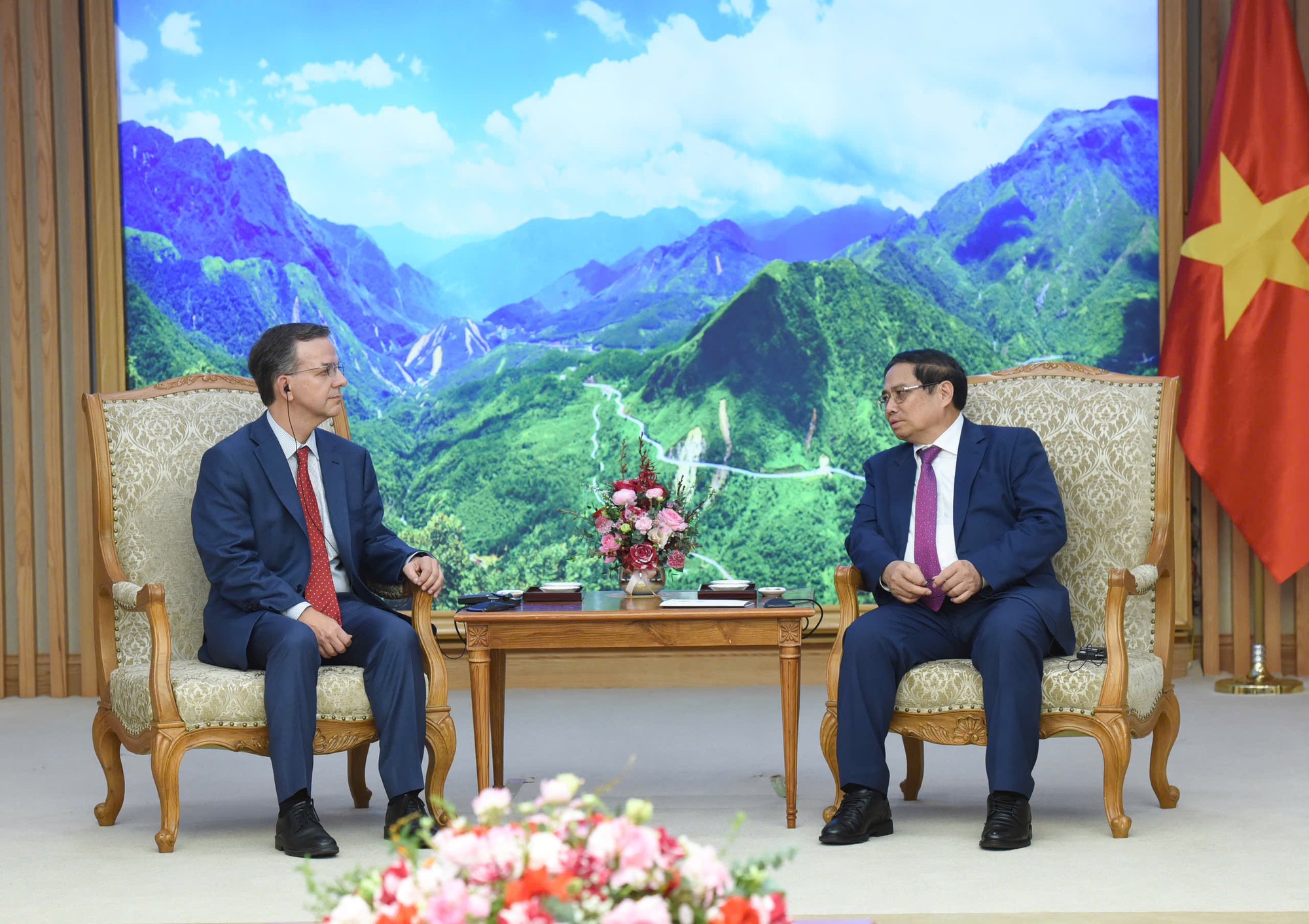
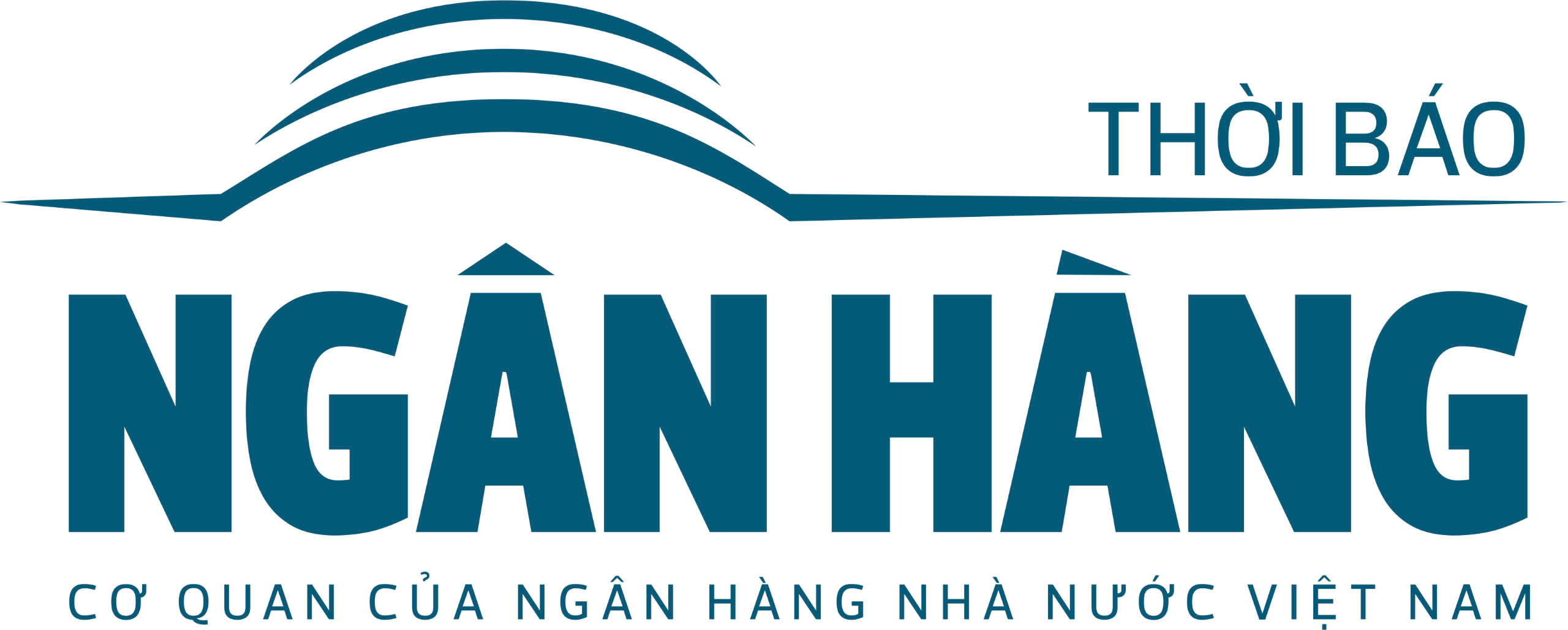
















![[Photo] President Luong Cuong attends special political-artistic television show "Golden Opportunity"](https://vstatic.vietnam.vn/vietnam/resource/IMAGE/2025/8/22/44ca13c28fa7476796f9aa3618ff74c4)































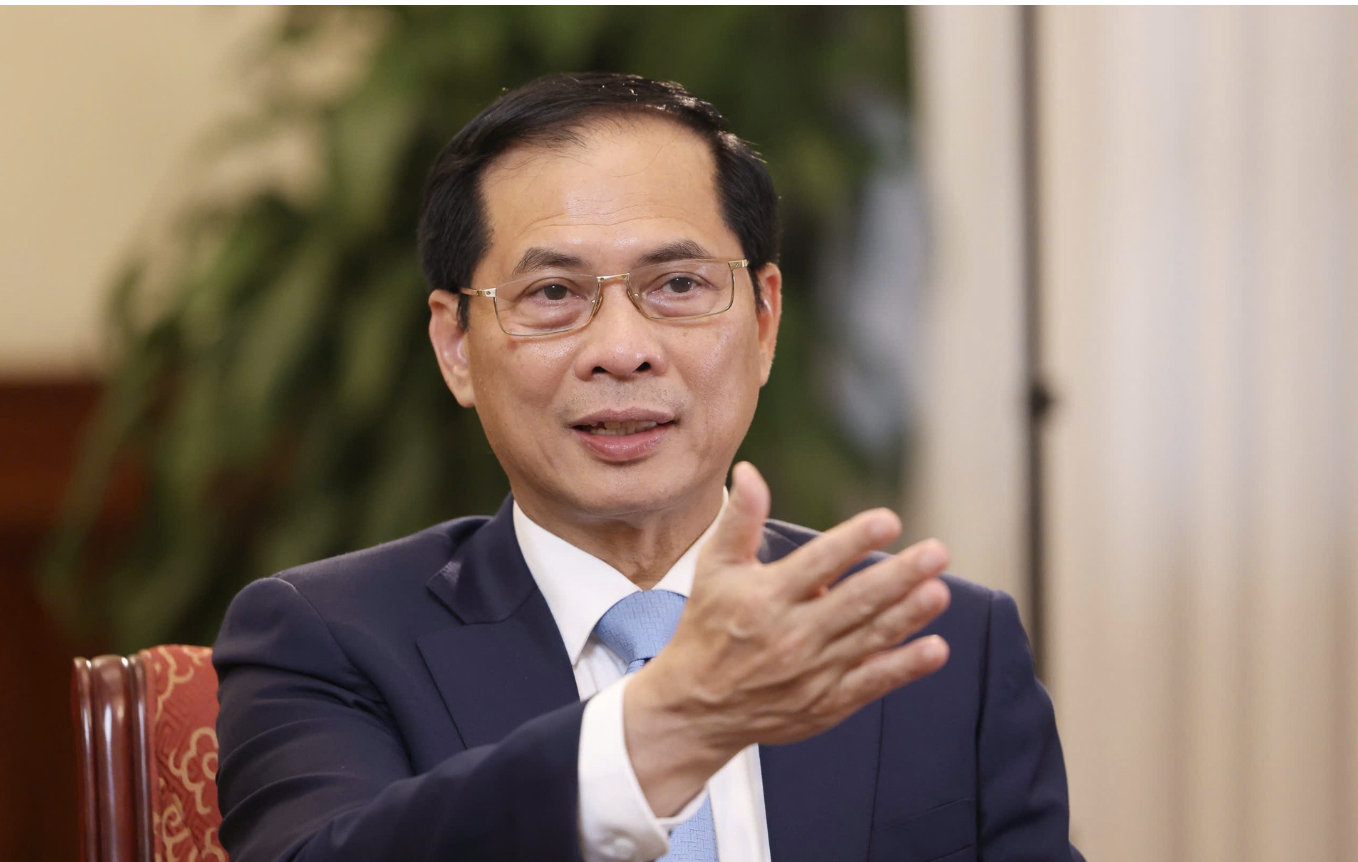

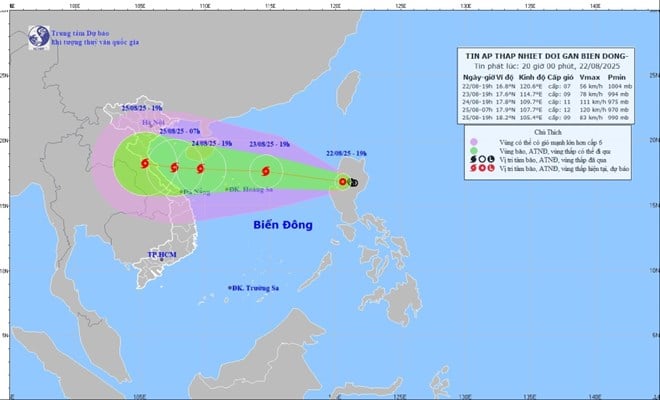

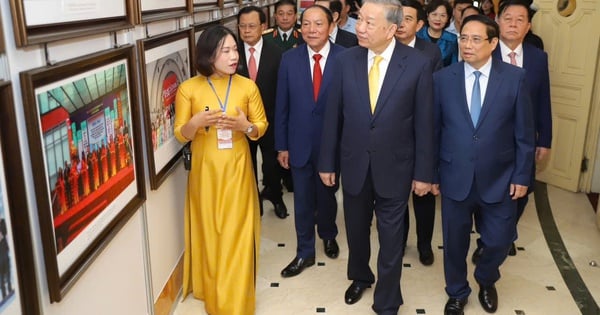





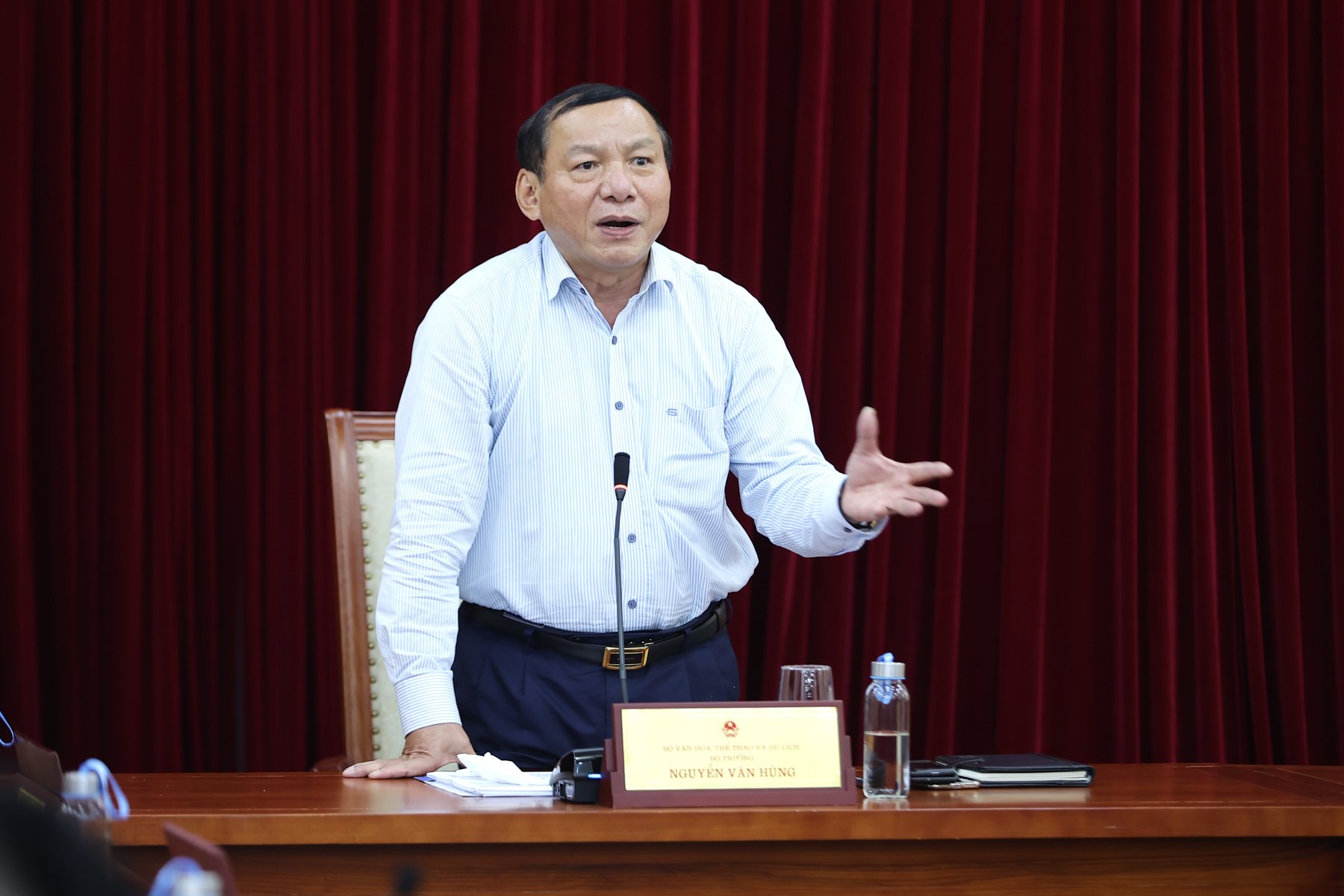


























Comment (0)